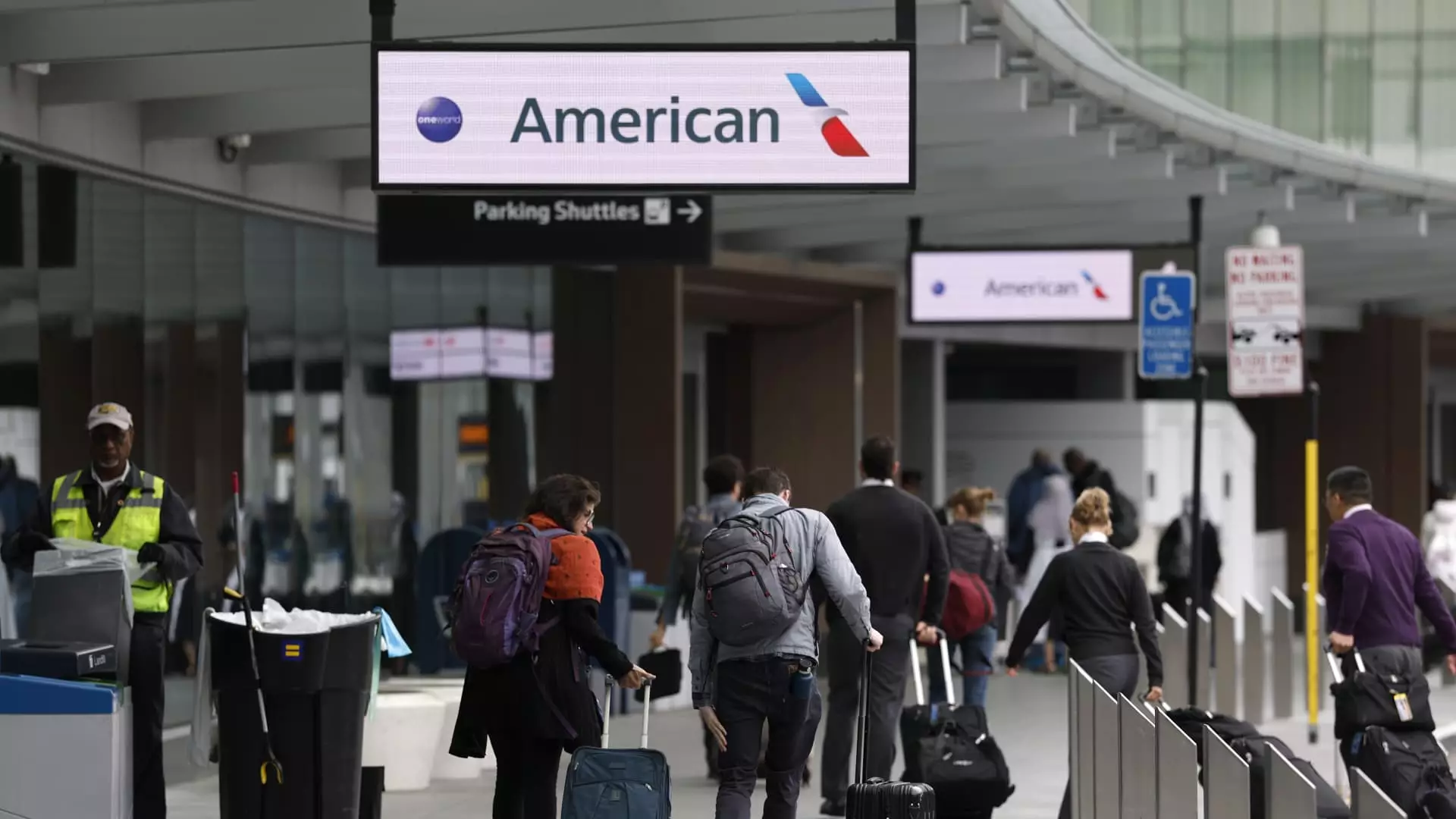In early 2025, the airline industry is grappling with a scenario it fervently hoped to avoid. Airline executives have openly acknowledged that the demand for domestic travel is not meeting their lofty projections, sending tremors through the financial markets. During recent earnings calls, they attributed this downturn to various factors, starting from the turbulent geopolitical climate fostered by past leadership, notably President Trump’s unpredictable tariff policies. Yet, more pressing than these peripheral issues is the overarching economic uncertainty that looms large. This financial unease has become a deterrent for prospective travelers, making them hesitant to commit their hard-earned money to vacations that seem increasingly risky.
Puzzel of Corporate and Consumer Travel
Airlines are staring down the barrel of excess capacity as several major carriers, including Delta and American Airlines, have taken a step back, adjusting their growth forecasts. The anxiety about the economy has caused these companies to retract previous optimistic outlooks, underscoring the fragility of consumer confidence. American Airlines CEO Robert Isom succinctly captured travelers‘ sentiment, noting that nostalgia for carefree vacations has been stalled by the dreaded shadow of uncertainty.
The situation is compounded by the weakness in corporate travel, which traditionally has been a reliable revenue source for airlines. Although initial signs showed a promising 10% year-on-year increase early this year, that momentum quickly faltered, resulting in stagnation. As many companies tighten budgets amidst fluctuating economic indicators, travel is often one of the first expenditures to be curtailed. This is a vicious cycle: as businesses scale back, airlines must then reduce ticket prices to fill vacancies left by fewer corporate travelers, risking profit margins in the process.
The Ripple Effect on Pricing and Profits
In a climate where overcapacity reigns, the economics of flight pricing is being dramatically reshaped. In March, airfares dropped by 5.3% compared to the previous year, as documented by the Bureau of Labor Statistics. Seasonal demand during holidays like Easter, which typically drives ticket sales, was particularly disappointing. The historical high for prices at this time was eclipsed by a grim reality—consumers simply aren’t booking flights at the anticipated volume.
Airlines have responded with measures such as lowering ticket prices to attract bargain-hunters. Alaska Airlines recently acknowledged that demand hasn’t evaporated, yet their capacity cuts and adjustments in pricing reflect a broader industry unwilling to gamble on a rebound that remains uncertain. CFO Shane Tackett’s assertion that fares have dipped below expectations from previous quarters underscores a troubling trend where the summer peak, often viewed as a lifeline, may fall short of reviving profit forecasts.
International Travel: A Silver Lining?
Interestingly, while domestic travel struggles, international routes exhibit a different narrative. The willingness of U.S. travelers to embark on overseas adventures might provide a glimmer of hope for airlines. Executives have noted that travelers are still eager to explore beyond national borders, suggesting that overseas markets could help stabilize revenue streams. It will be crucial, however, for airlines to balance their resources between accommodating both domestic and international travelers without incurring unnecessary costs.
Looking Ahead: The Need for Certainty
As we progress through 2025, the airline industry finds itself amidst a confluence of challenges, including economic unpredictability, fluctuating demand, and pricing pressures. Robert Isom’s optimistic remark about an eventual restoration of economic certainty rings true, but it also highlights the urgent need for structural adjustments within the industry. Airline executives must focus on adaptable strategies that can weather storms of uncertainty while nurturing confidence among consumers.
In this intricate dance of supply and demand, the future rests heavily on restoring traveler optimism and securing a more stable economic horizon. Until that certainty emerges, the airlines will need to navigate through these turbulent skies, learning valuable lessons from each dip and rise in demand along the way.


Napsat komentář